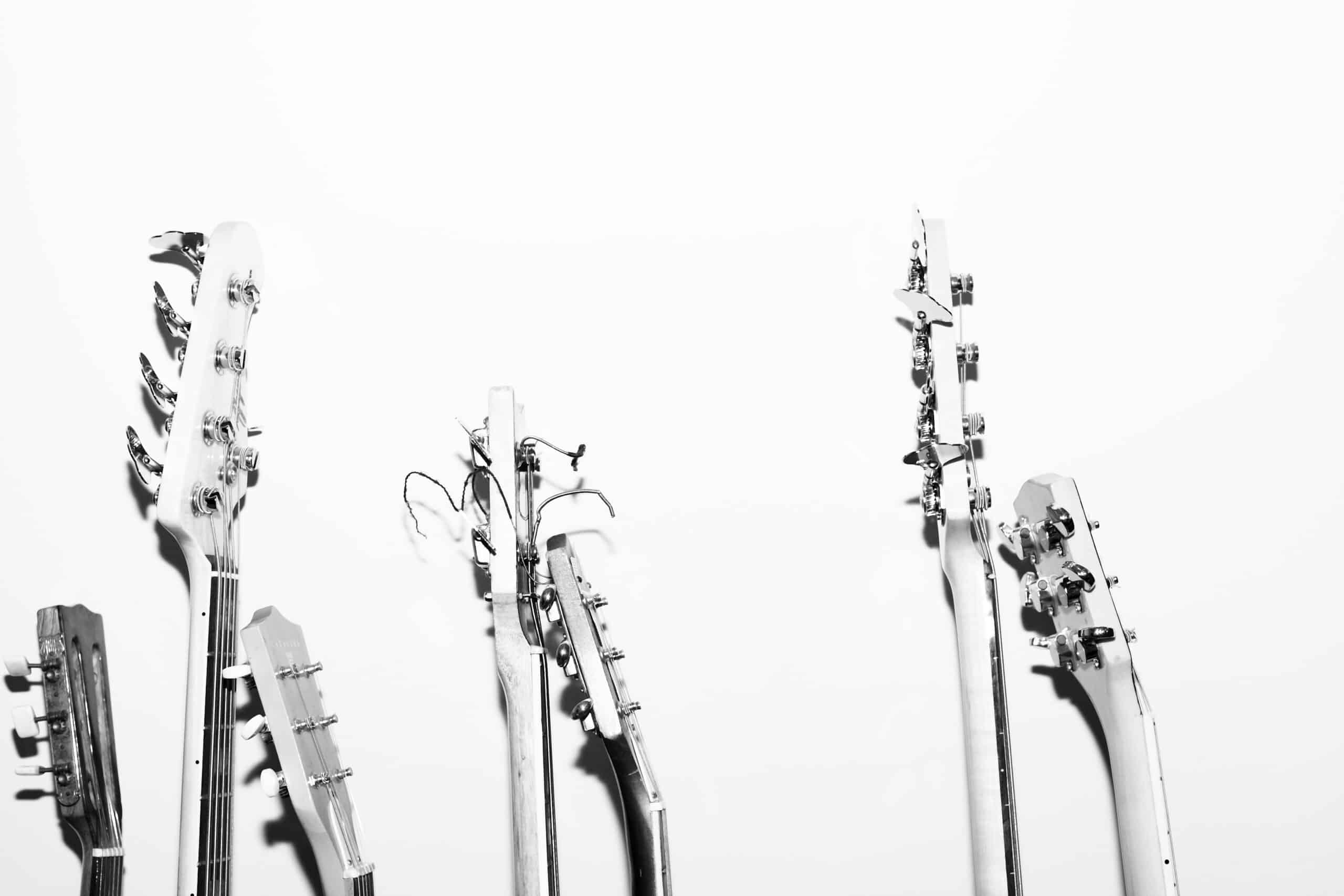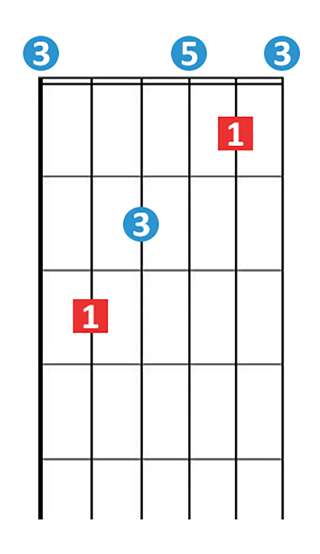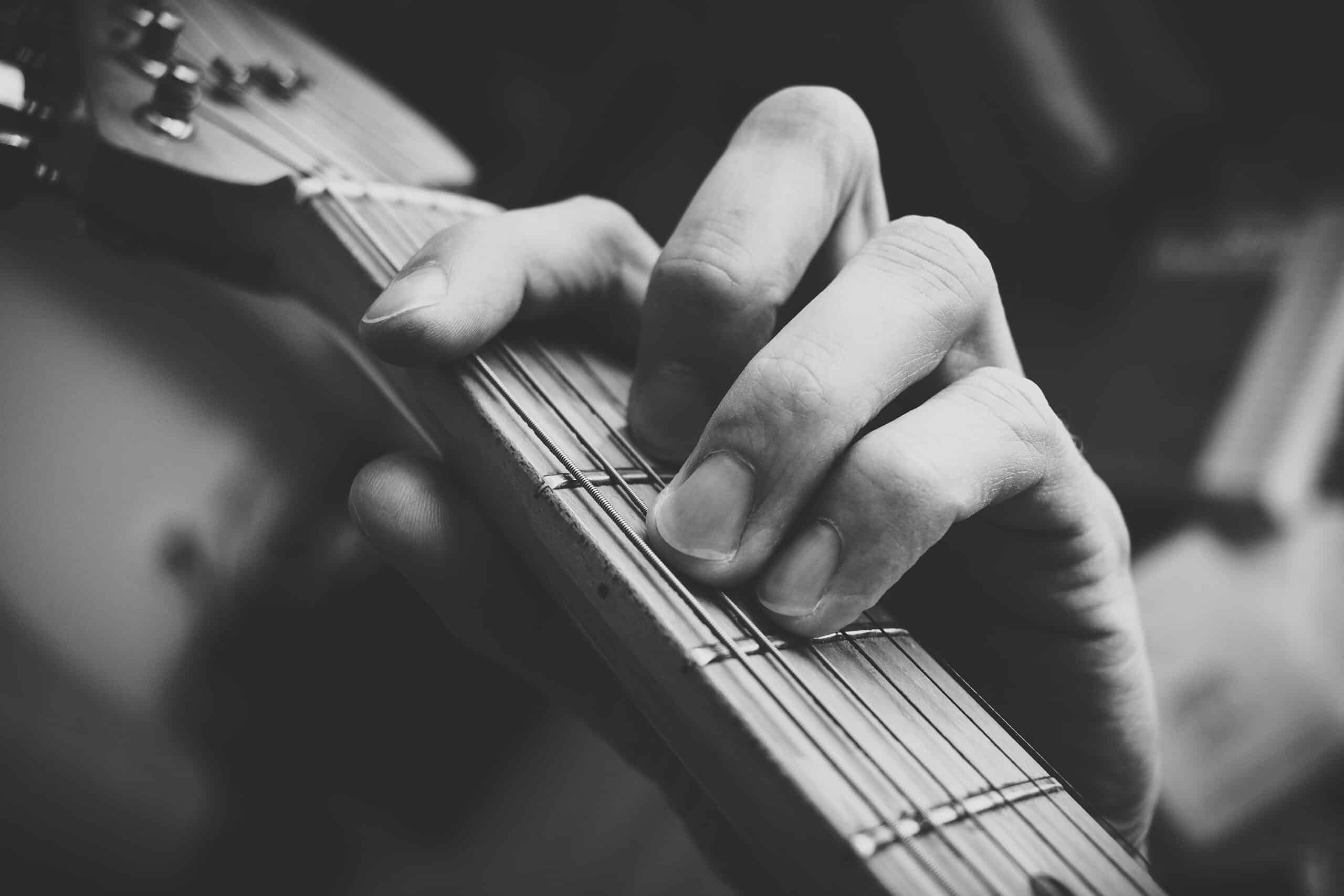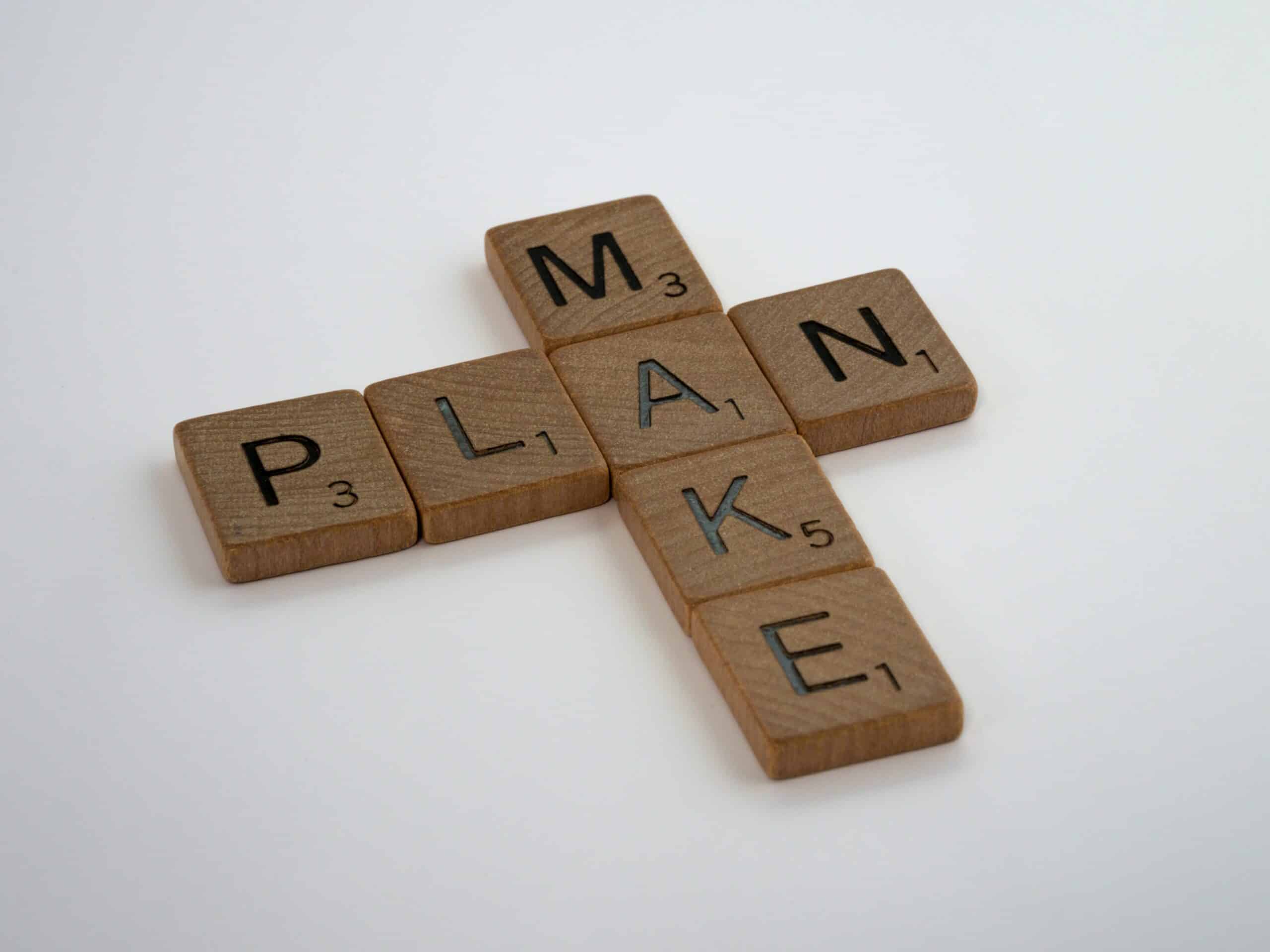Guitar Theory For Us Non-Theoreticians

I know that most guitarists cringe when they hear the words guitar theory, because most assume that any guitar theory lesson is going to be boring and challenging to learn. But this could not be farther from the truth!
Guitar theory can actually be incredibly easy to understand, even a beginner theoretician to wrap their heads around. Plus, as an added bonus, it will help you tremendously in feeling confident when playing the guitar.
I found when I first learned these ideas it really opened up my eyes and helped me realize that there is a system underlying music. Also it will help you to learn new things on the guitar faster and more easily because you'll begin to see the patterns.
This lesson builds on the two lessons before and helps put it all together. If you haven't had a chance to watch the previous two videos go ahead and do that now to get the most out of this lesson.
You'll find links at the bottom of this blog post.
Basic Form Of Chords – Triads
In the previous video I had you learn the number designation of each of the notes in the C major scale. Now we’re going to use that to understand how chords are constructed.
The most basic form of a chord is called a triad. No… nothing to do with organized crime. Triad means three notes. Basic major and minor chords are actually created with just three notes.
The C major chord is a basic chord. There is a formula using the numbers of the scale notes to create chords. We will pick every other note in the scale to create a basic triad or 3 Note chord. The C major triad is created by playing the 1st note, the 3rd note and the 5th note.
What? Only Three Notes?
Now let’s look at a typical C chord. There are a lot more notes than three. That's because some of the notes are doubled. Every major and minor chord contains only three notes with some of the notes played more than once.
When I say three notes I'm counting any octaves as the same note.

The numbers on this C Major Chord indicate the scale degrees (not fingering).
Arpeggio vs. Chord
If we play one note at a time it's actually called an arpeggio. Arpeggio just means playing a chord one note at a time instead of altogether. If we play them altogether it’s called a chord.
Arpeggios are often used in guitar playing, both when playing accompaniment and also when playing melodies.
Building Guitar Chords - (Triads)

Now let's go back to the scale and play the F chord. We’ll want to start on the F note. Let's count up from the C and find the F note. One, two, three, four. The F note is 4 notes up from the C. Now to make an F chord we’ll pick every third note, skipping one note in between. So that's 4, 6 and 8. Remember 8 is the same as 1 only one octave higher.
Now we have the F major triad.
Let's do one more triad, the G major triad. We’ll go one note higher to find G. You probably noticed the chords are all named after the note we start on. We also call this note the root note. In this case the G note is the root of the G major chord.
To make the G triad we’ll play the G note which is number 5, the 7 note and then finally the 2 note. Remember from the previous lesson when we get to 7 we start over calling the 8 note 1 again so we can play another octave of the scale.
It's very important to hear the sound of these triads along with your understanding. Let's play them altogether. First the C triad, now the F triad, and finally the G triad.
How Musicians Talk
This same idea works with all major scales. Let's move it down to the A major scale. We'll start off making the A triad. A is the root note, then we go to the 3 and finally to the 5.
Now let's go to the 4 chord and play a triad. The 4 chord in the A scale is D. I said that very deliberately. This is how musicians talk. In any key will talk about the 1 chord, the 4 chord and the 5 chord.
These three chords can be considered the most important chords in any key. When I use the word “key” in this case it's the same as the scale. When you are making the chords from the A scale that also in the key of A. We'll talk more about that later.
In music the numbers are used to indicate the position of the note in the scale and also for the position of a chord in the scale made out of that note.
Hmmm… you might want to think about that for a minute.
For example we can say the chord is constructed from the 1– 3– 5. That's referring to the notes that comprise the chord.
We can also say the chord progression is a 1– 4– 5 progression. In this case we’re referring to the chords that have the note of 1 – 4 – 5 as their root notes.
Little confusing?
In music we help clarify the situation by commonly using roman numerals when referring to chords. In this case it would be written I - IV and V.
Now let's play the 5 chord… Or rather triad in the key of A. See, that's musician talk.The 5 chord starts with the E note. Then add the 7 note, and then finally the 2 note.
Now play all 3 triads in a row.
Now do it with the G scale just for good measure.
I want to just mention now that you can build a triad up every note in the scale but they are not all major triads. The other triads will be minor except for the one built off the 7th note.
This is a topic for another lesson where I can go into it in much more detail.
Here’s Your Action Plan:

Again, it's very important that you don't just understand this intellectually. It must be used by playing it on the guitar, and most importantly in your hearing. Another way to say that is you need to tie in the ideas with what they sound like until it becomes one thing.
Don't worry if it doesn't make complete sense right now. This is one more part of a bigger puzzle and we’ll add more pieces a little at a time.
I want to make sure you don't make the mistake I made at first. That is to cram a bunch of theoretical ideas in your head without really applying them to playing and creating music. For me it created a kind of musical indigestion. (I know that must be kind of a strange image but it makes sense to me.)
If you're a beginner:
I want you to practice the 1 triad, the 4 triad, and the 5 triad. Then try moving it around and play it in the key of A starting on the 5th fret. Move it to the G, starting on the 3rd fret. Have some fun with it. Once you start to feel comfortable with the notes try adding a little rhythm to it to create a kind of a lick.
Also don't worry too much about the letter names of the notes right now. That can be useful but it is more confusing right now. Dealing with just the numbers of the scale position will be more important and more helpful in the near future.
If you're more experienced:
I want you to go ahead and try the two octave exercise. That means you’ll play the C triad, F triad and the G triad - two octaves. When you feel comfortable with that go ahead and move it around the fretboard to four or five different keys.
Links to Previous Lessons:
Lesson 1: https://tomasmichaud.com/major-scale/

Tomas, thanks so much. This doesn’t help me PLAY better, but smarter! I have always wondered. I remember asking Wayne, my first teacher at Starland, he explained, but I didn’t get it. Now it makes clear sense. Thank you!
Smarter is almost always better 🙂 – Tomas
How do you play an open G minor chord on the guitar
Hi RJ. I’ve never played an open G minor on guitar. – Tomas
This was such en eye opener for me….
I see scales and chords in a new light
Thank you,JoAnn
I’m glad to hear that JoAnn
Tomas